
Cyclean Dry Ice
Lufthansa Technik (LHT) conquered the challenge of washing aircraft engines in below-freezing weather with its new Cyclean Dry Ice system. Instead of using water, the system blasts tiny dry ice pellets into an aircraft engine to dislodge dirt. In addition to providing a quicker engine wash, LHT says Cyclean Dry Ice is environmentally-friendly since it reduces water usage and emissions. The system is set to officially go on the market in 2019.
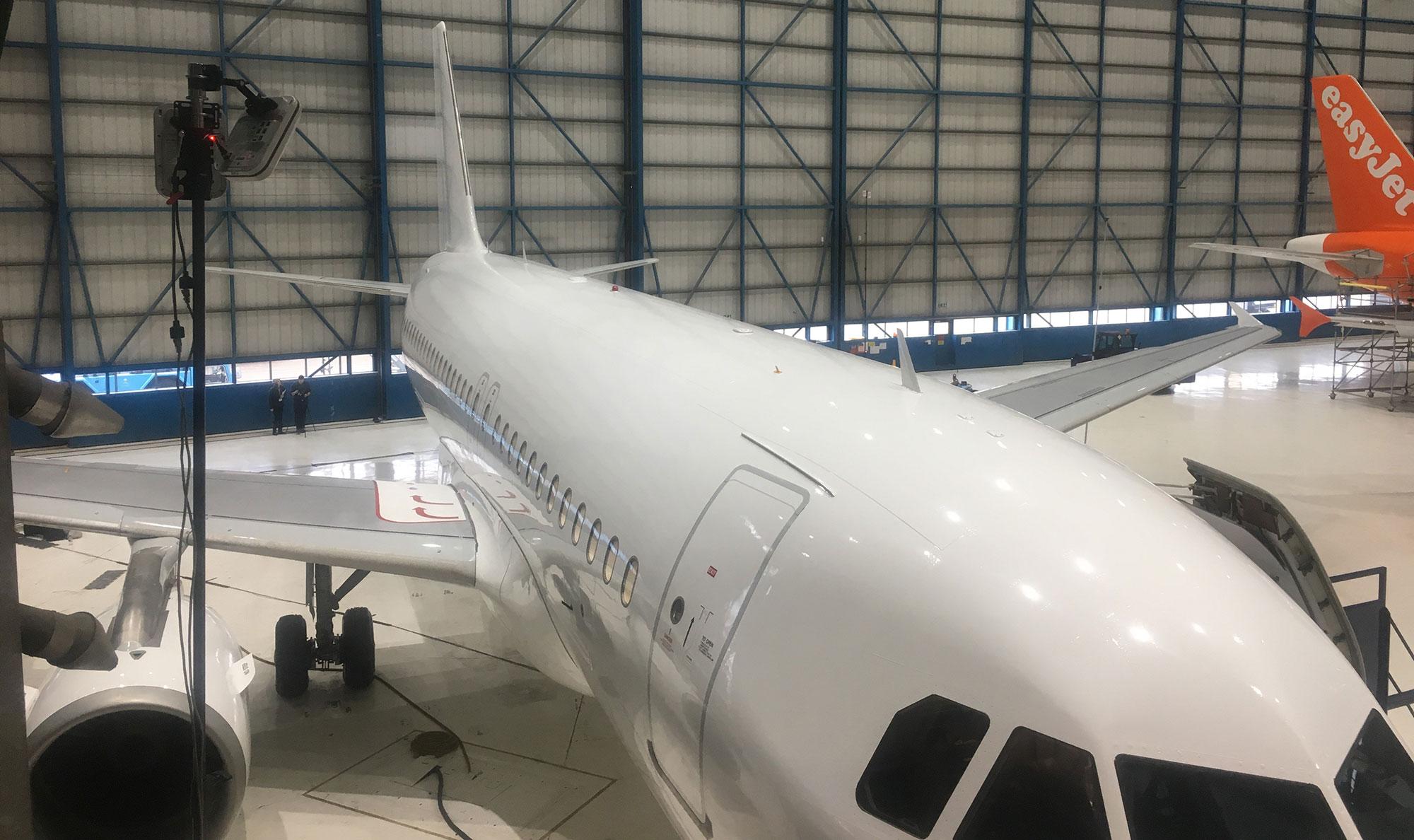
Smart Hangar
MRO Drone and Ubisense joined forces this year to create a new Smart Hangar solution that combines drone aircraft inspections with automated tool and asset management technology. The solution combines Ubisense’s sensor-based Dimension4 tracking system and SmartSpace software with MRO Drone’s RAPID aircraft inspection drones to reduce turnaround time for aircraft MRO. RAPID drones complete more streamlined aircraft inspections while Dimension4 and SmartSpace ensure that assets such as tools and equipment are in the right place at the right time.

Swarm Robots
Rolls-Royce introduced a host of new robotics projects this year, including small, beetle-like robots to inspect hard to reach areas inside aircraft engines. Cameras attached to the “swarm robots” allow operators to conduct a visual inspection without removing the engine itself from the aircraft, which Rolls-Royce says dramatically reduces required inspection time.

NacelleLife
Safran Nacelles released a comprehensive service offering for its jet engine nacelle systems that combines maintenance support and information, a mobile app to keep up with the latest relevant service bulletins and a handheld inspection tool to check for overheat damage on nacelle elements. According to Safran, NacelleLife can anticipate and respond to customers’ needs throughout the entire nacelle lifecycle with a wide variety of service offerings, such as hands-on maintenance coaching, technical troubleshooting, unscheduled maintenance support and transition support for aircraft phase-out. Safran says NacelleLife’s “flexible menu of services” can be tailored specifically to a customer’s needs.
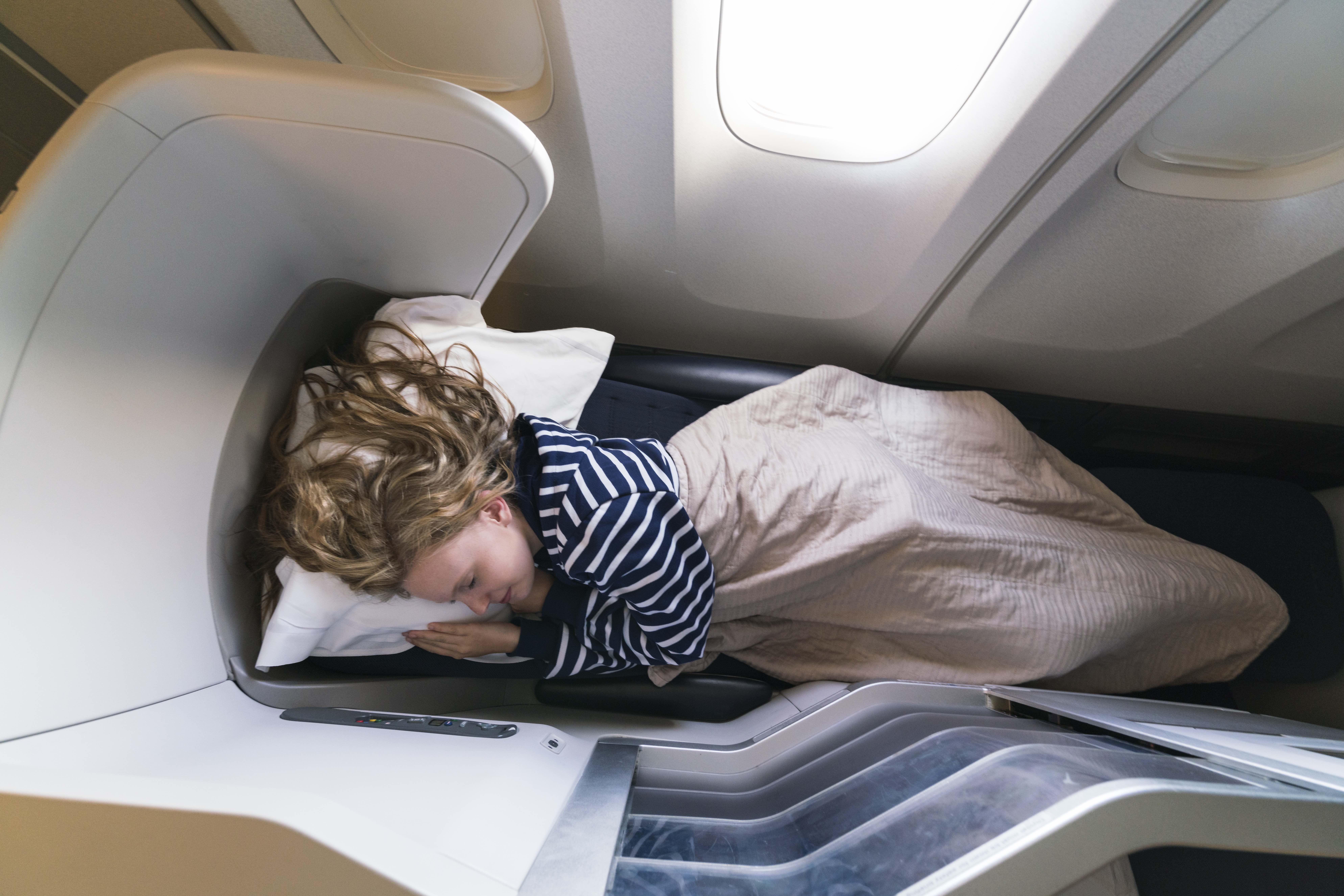
Bed Bug Killer
Permagard recently debuted a new, first-of-its-kind product to prevent bed bug infestations on aircraft. Bed Bug Killer fights infestations through silica gel dust—which has long been used in other industries—rather than traditional methods such as heat treatment and chemical sprays. The product is finely dusted into areas where bed bugs are known to hide, such as seats and crew rest areas and can be quickly reapplied as needed, depending on an airline’s cleaning and bedding change program. According to Permagard, the goal is to keep the total cost for airlines to below $1,000 per aircraft per year.
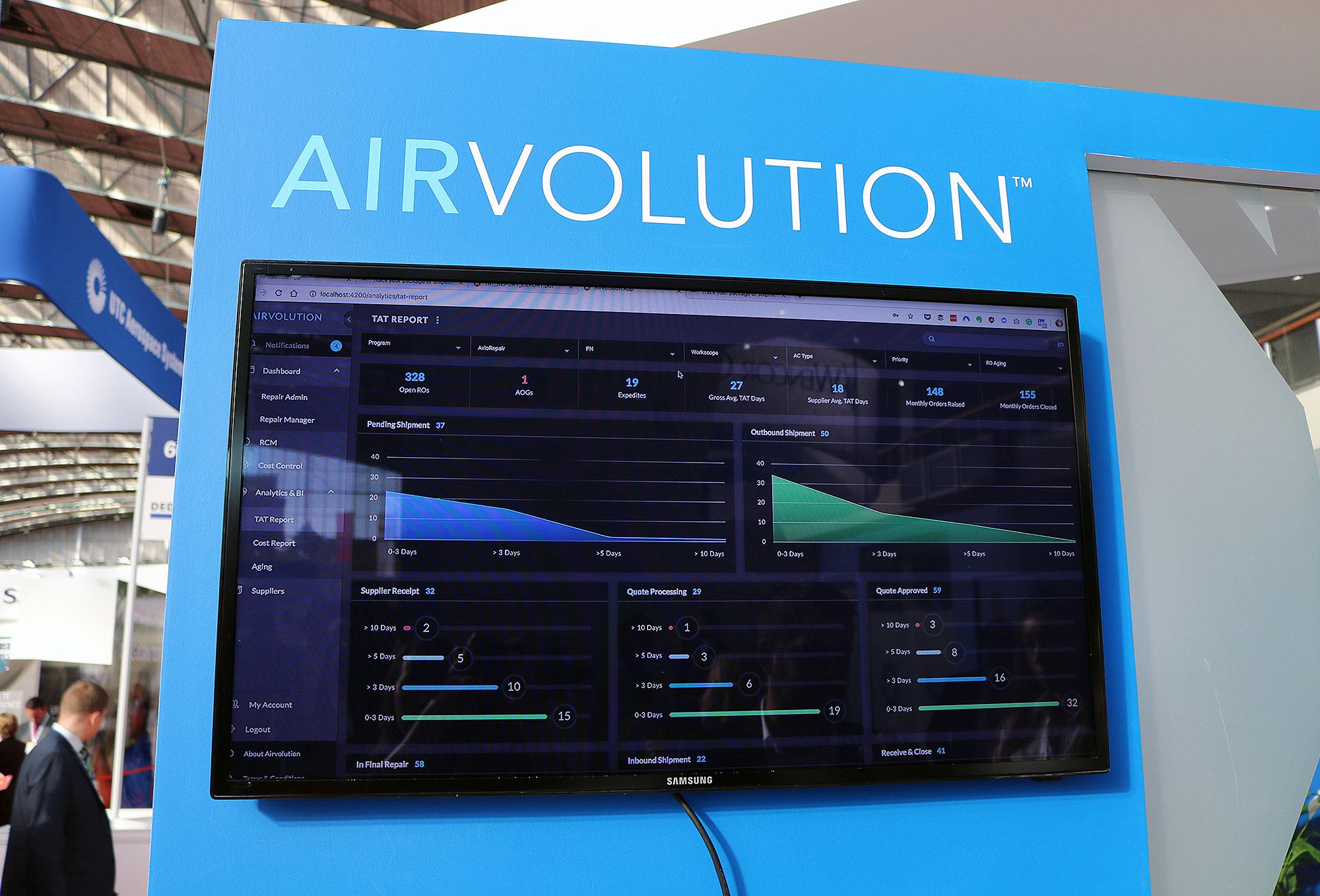
Airvolution
AAR debuted a new cloud-based system for aircraft component repair management, which is aimed at providing full visibility, tracking and management of assets in the repair cycle. The system integrates data analytics with functionality such as digital asset and document storage along with tools for workflow management, pricing, quotes and more. AAR says Airvolution is scalable and can be integrated seamlessly with a company’s existing business systems.
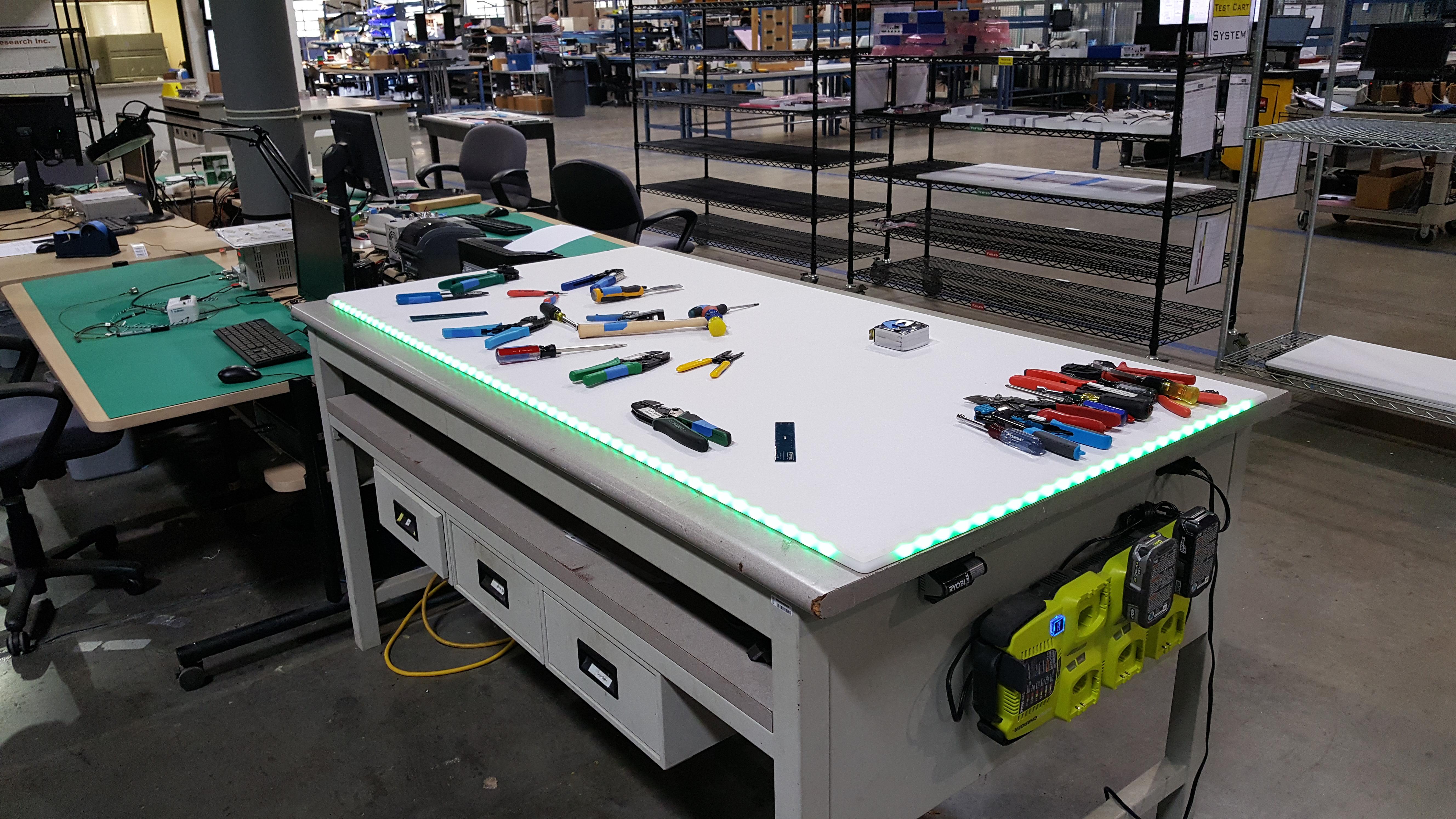
Surface Trak
Venture Research launched its RFID-based Surface Trak product for easily tracking tools. The system’s customizable surface reader lights up with LED lighting that changes colors to give real-time visual feedback showing the status of RFID tagged tools, such as whether tools have been removed or placed on the wrong surface. The company plans to release its own MRO Management software suite to complement Surface Trak in Q1 201.
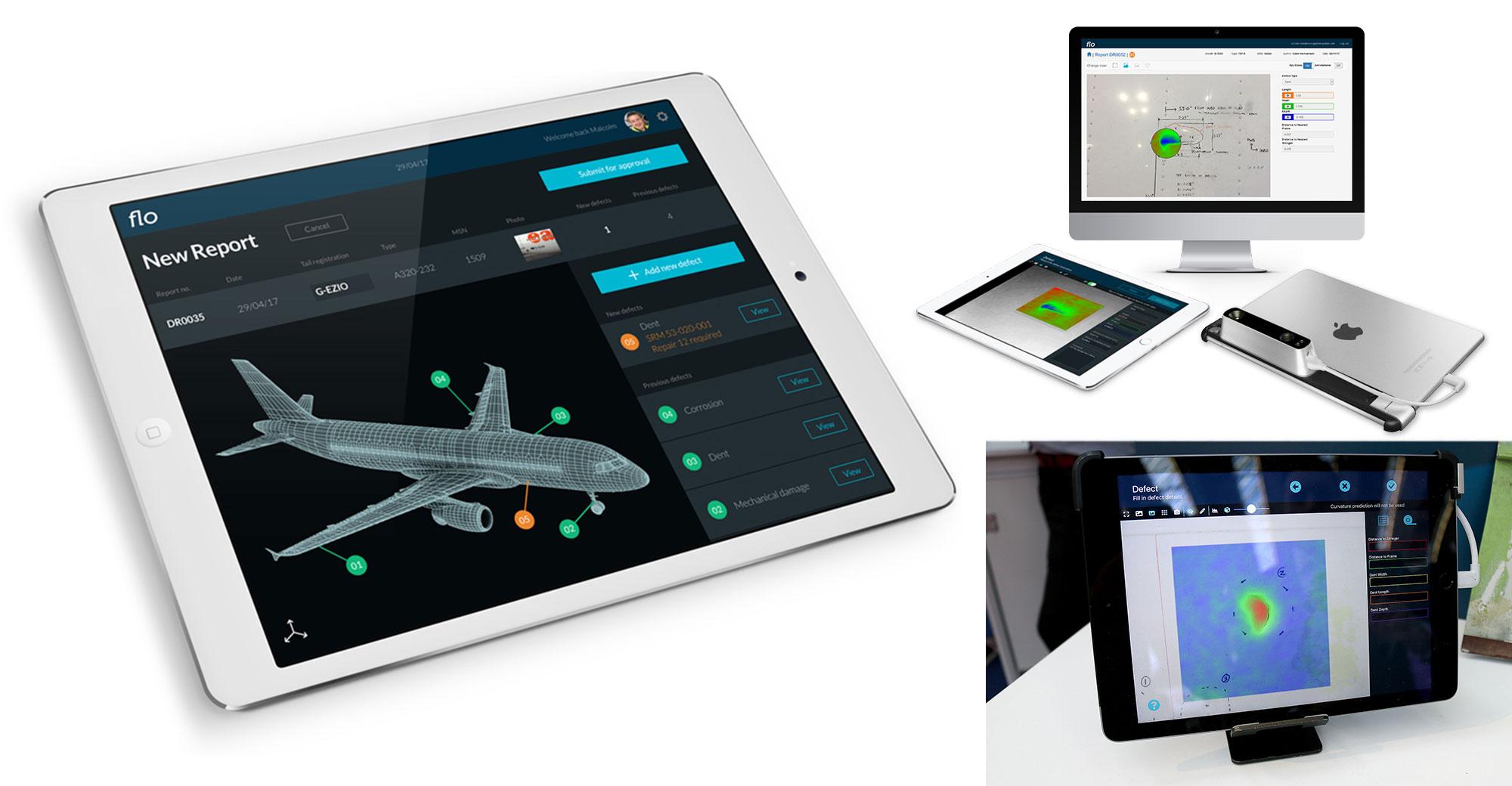
Flo
Atkins recently debuted its cloud-based Flo solution for recording and sharing information about aircraft damage. The software uses 3D scanning technology to quickly record, upload and share damage data, which the company says can reduce damage assessment time by up to 90%. In addition, Atkins says Flo can speed up future repairs through analysis of damage reports to recognize patterns across aircraft and airports.
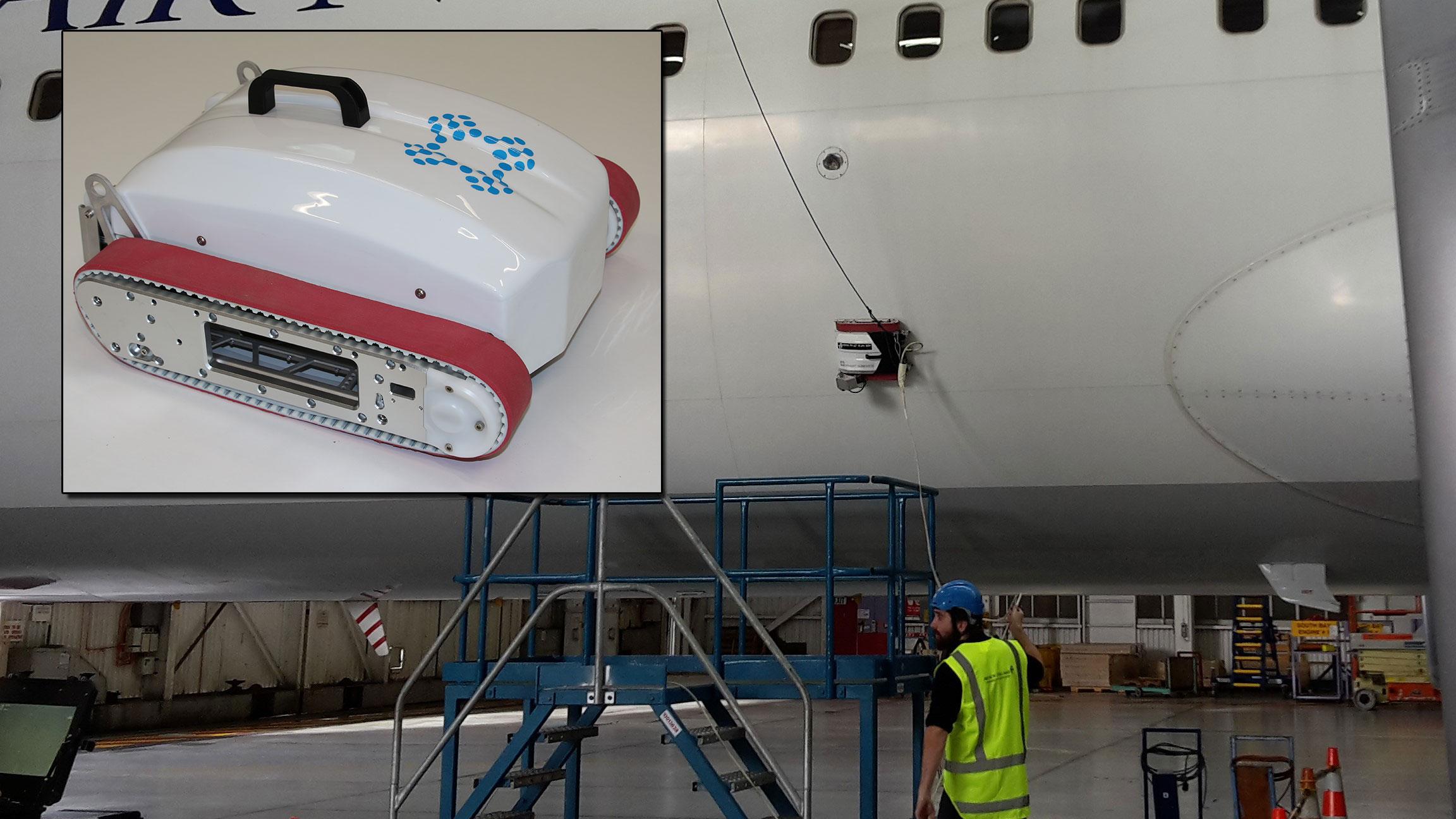
Mobile Climbing Robots
Invert Robotics introduced its remote-controlled robots for aircraft inspections, which can adhere to aircraft surfaces using a patented suction mechanism. While the robot climbs all over the aircraft—including on wet, upside-down and rough surfaces—an onboard high-resolution video camera records and sends images to ground-based maintenance staff to analyze whether repairs are needed. The robots have the capability for added functionality such as ultrasound and thermographic testing, and the company plans to add capability for non-destructive testing sensors in the near future.
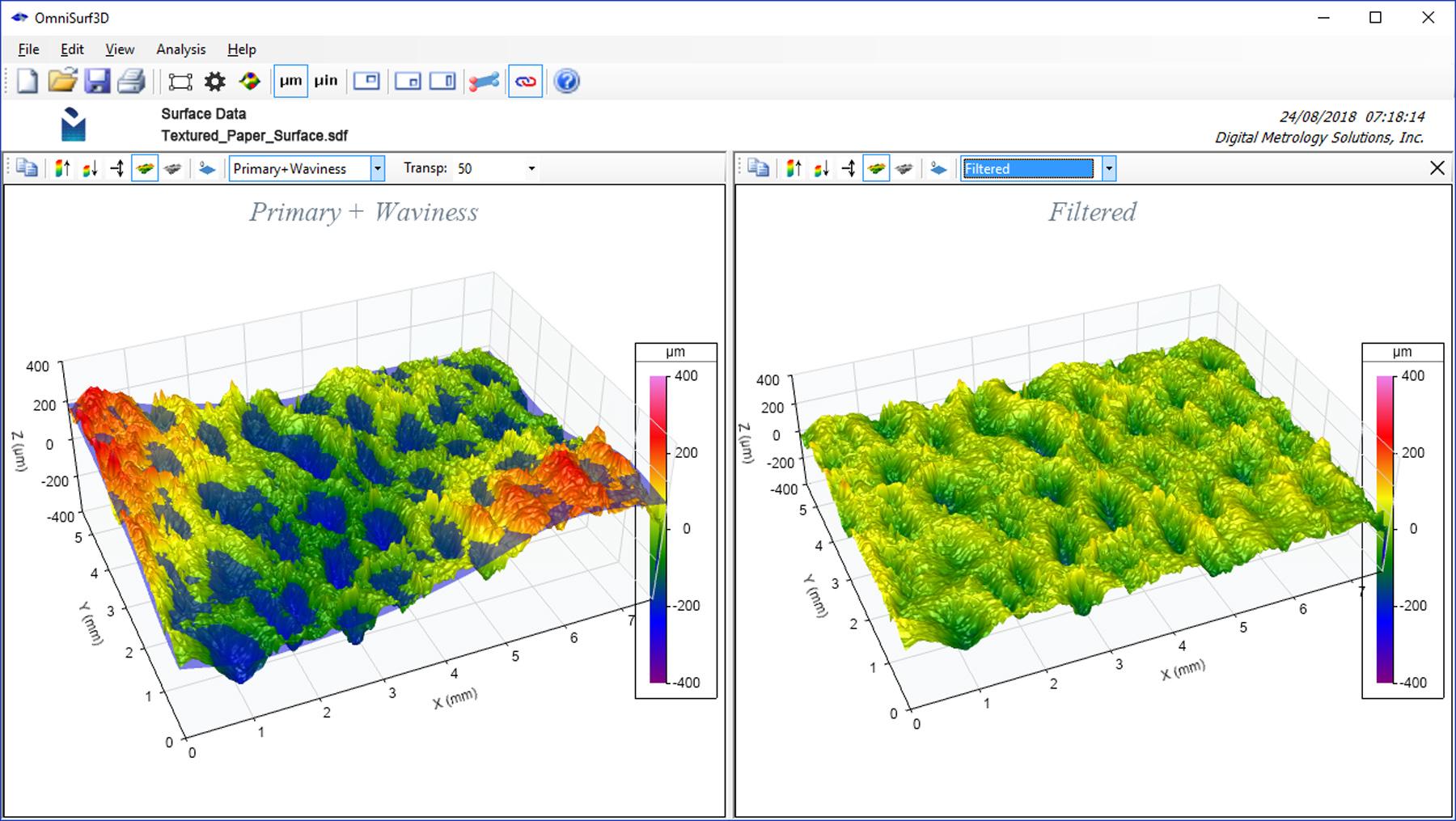
OmniSurf3D
Digital Metrology Solutions released new software to help explore 3D surface texture data and analyze how it could affect component performance. OmniSurf3D includes a set of qualitative and quantitative measurement tools to alter filtering parameters, zoom in on areas of interest or import measured data from 3D surface measurement instruments. The company says the software can help MRO providers measure a variety of things, such as strength of structural components or friction, sealing and airflow in engine components.
2018 saw the debut of a wide variety of new products intended to make MRO operations quicker, easier and more accurate. From high-tech robots and software to more practical maintenance solutions, here are some of the coolest new MRO products of the year.
